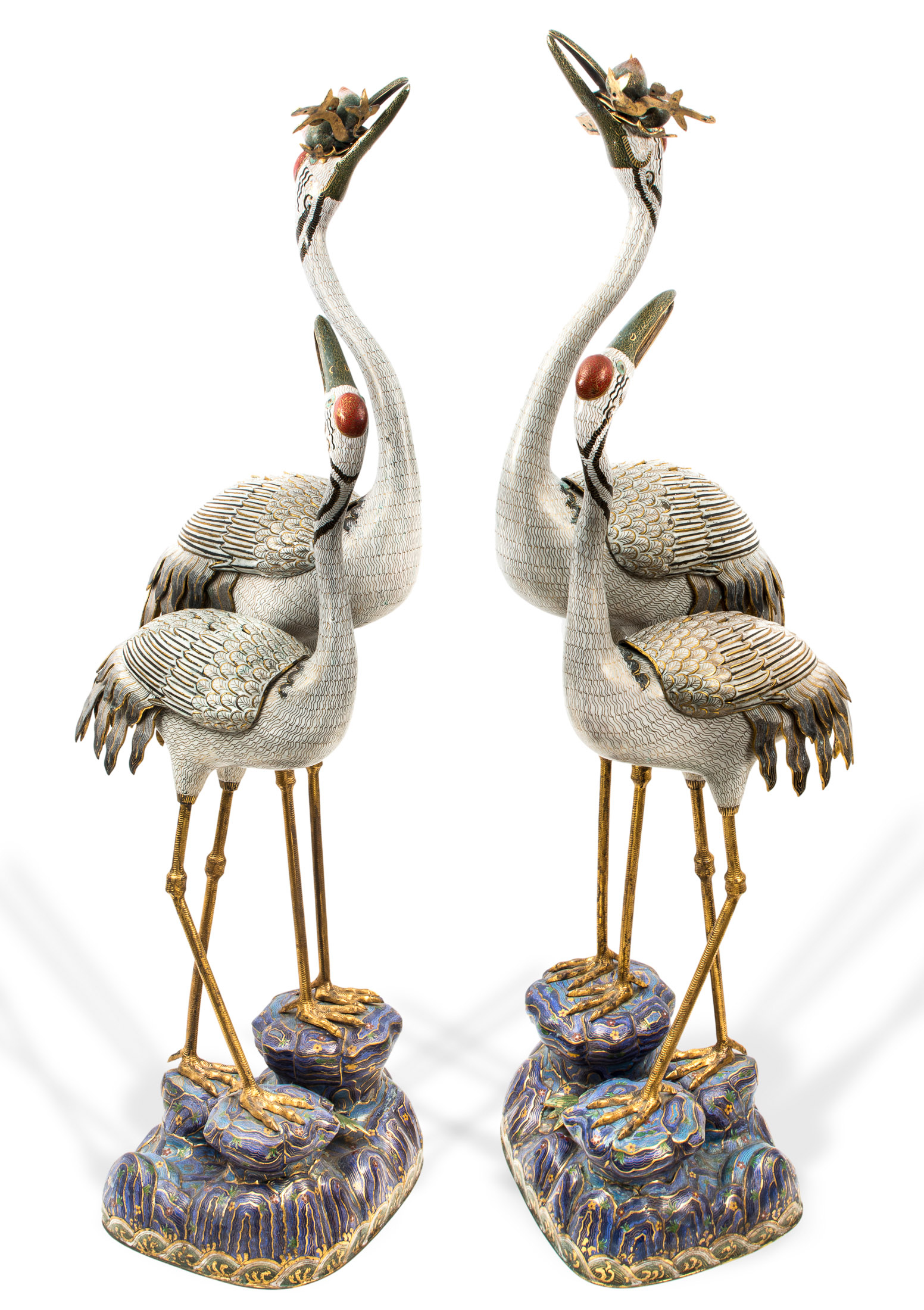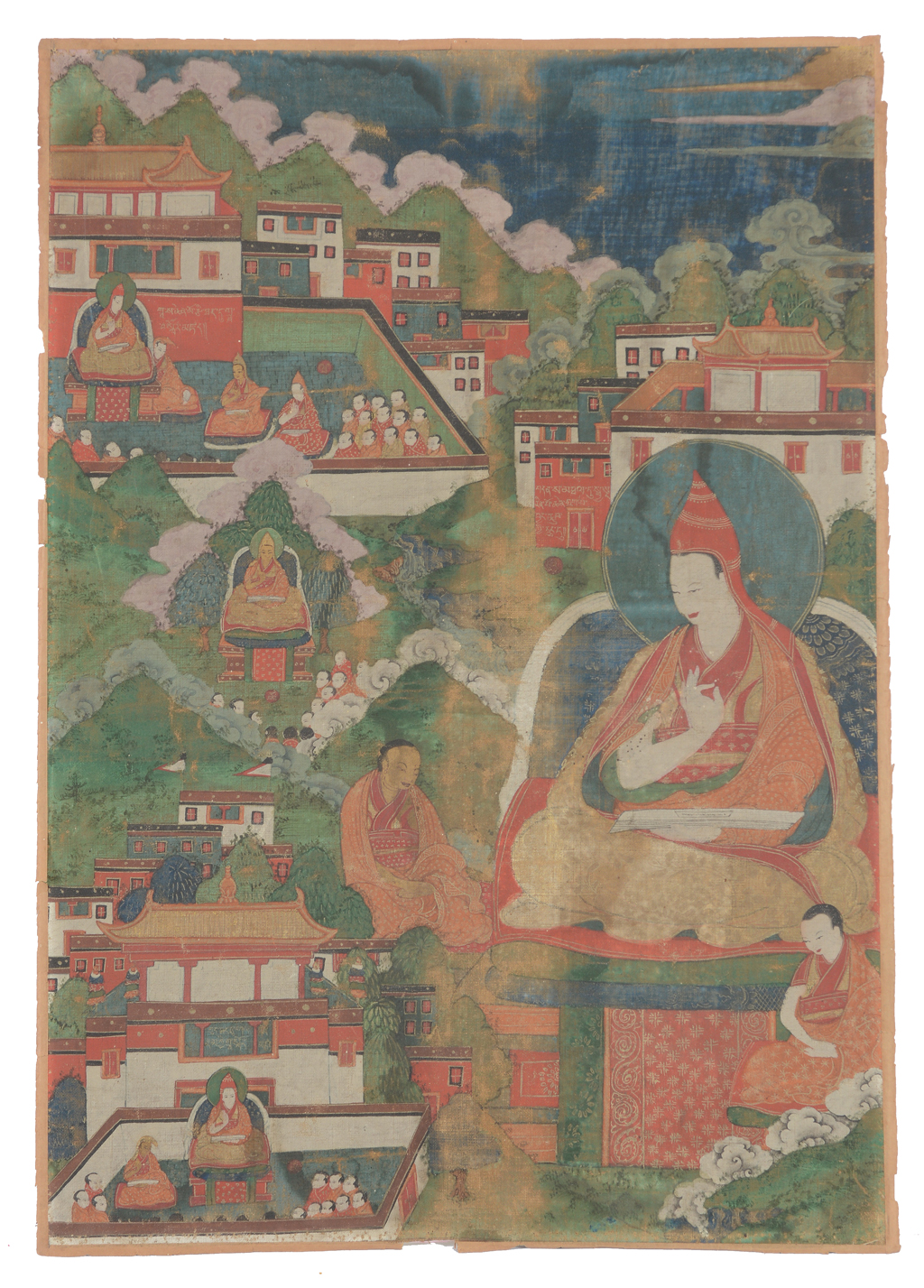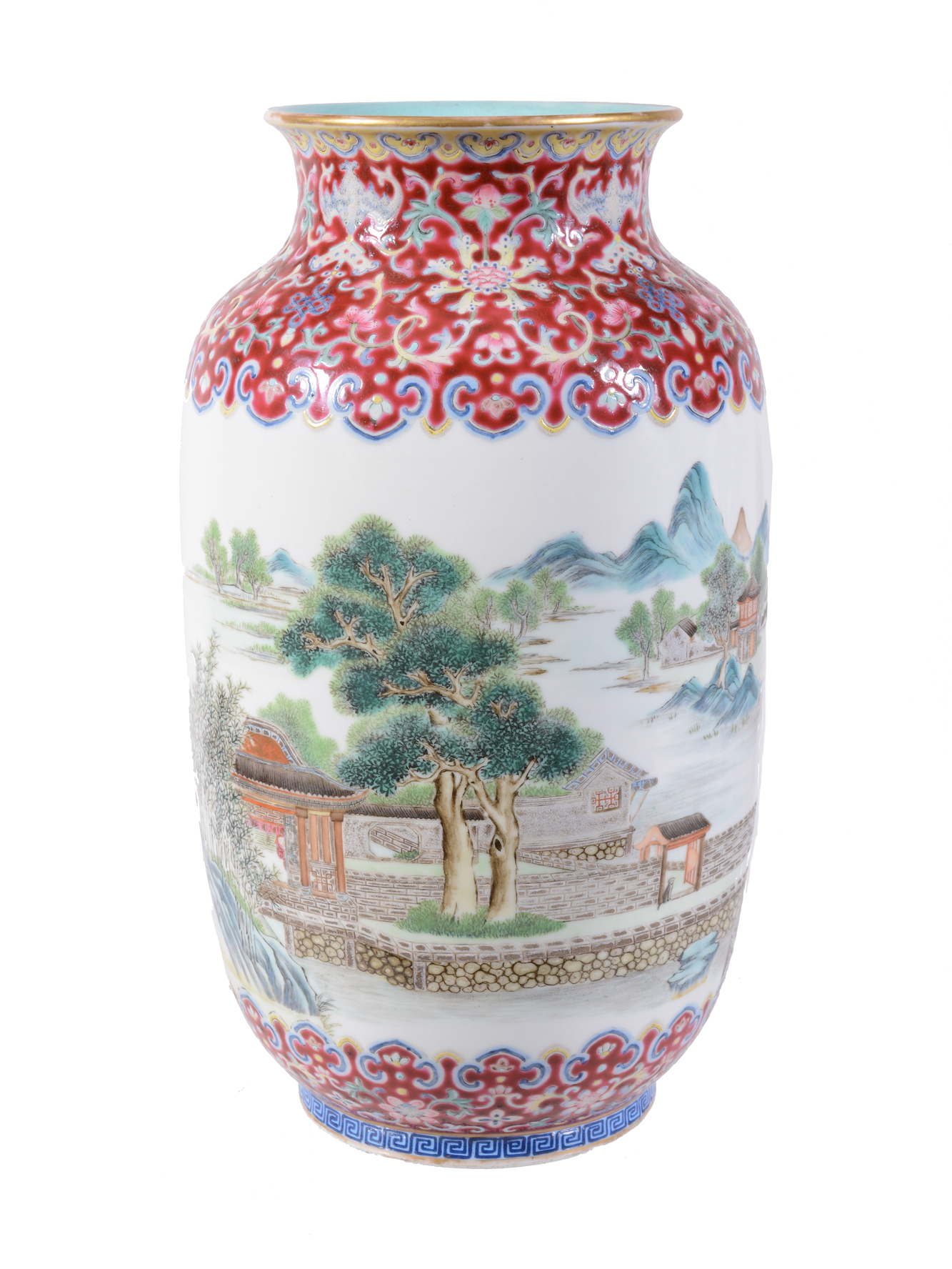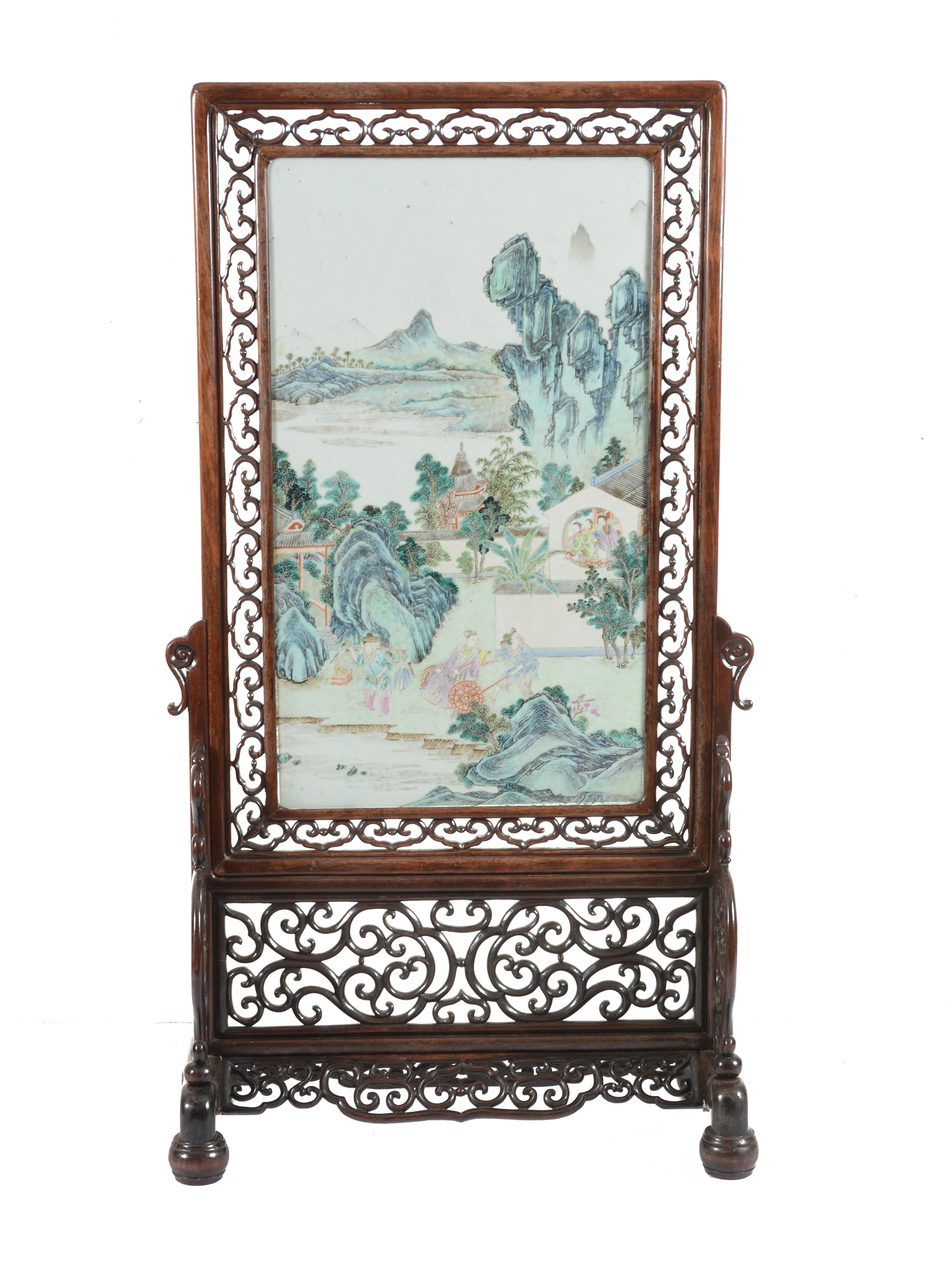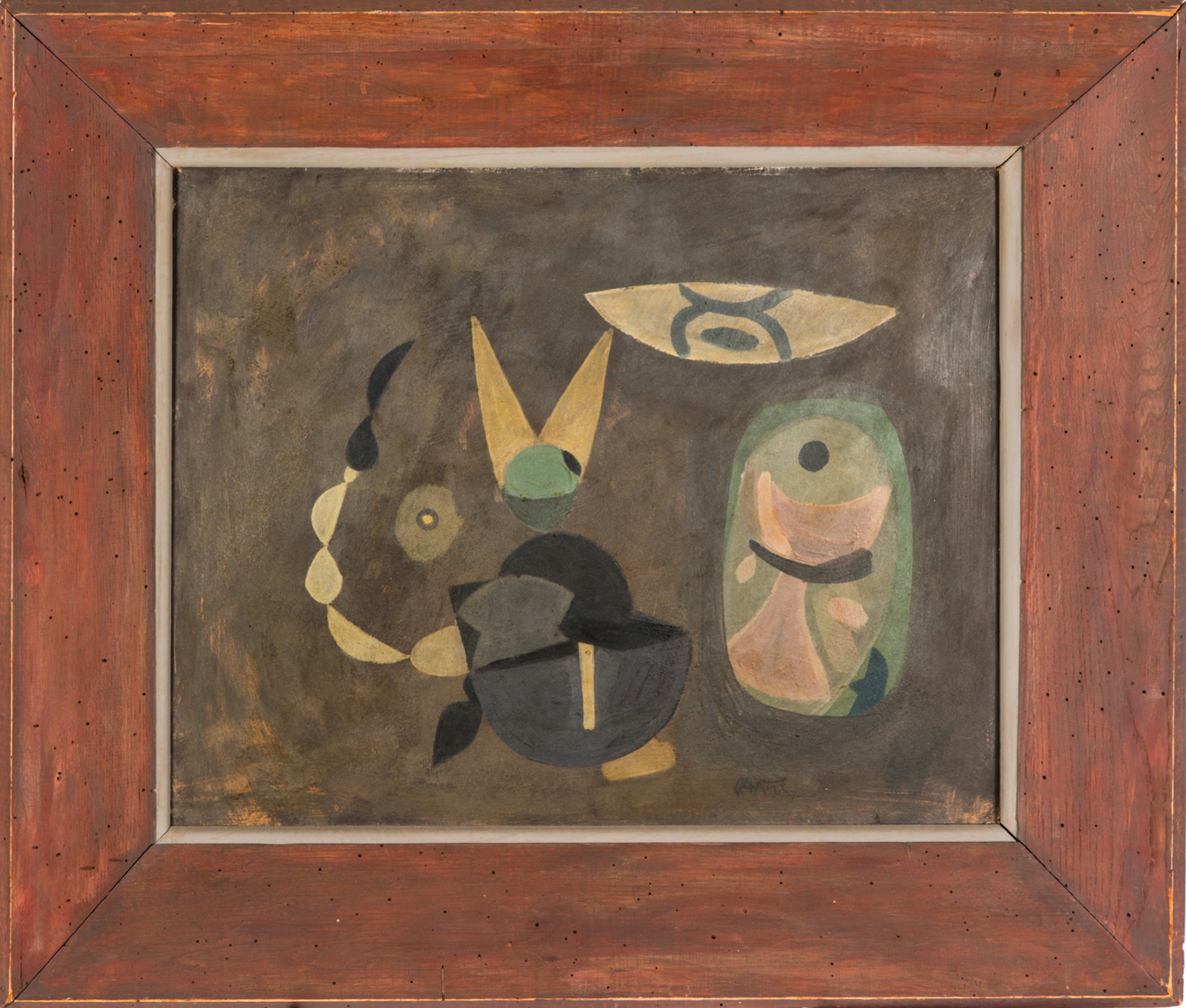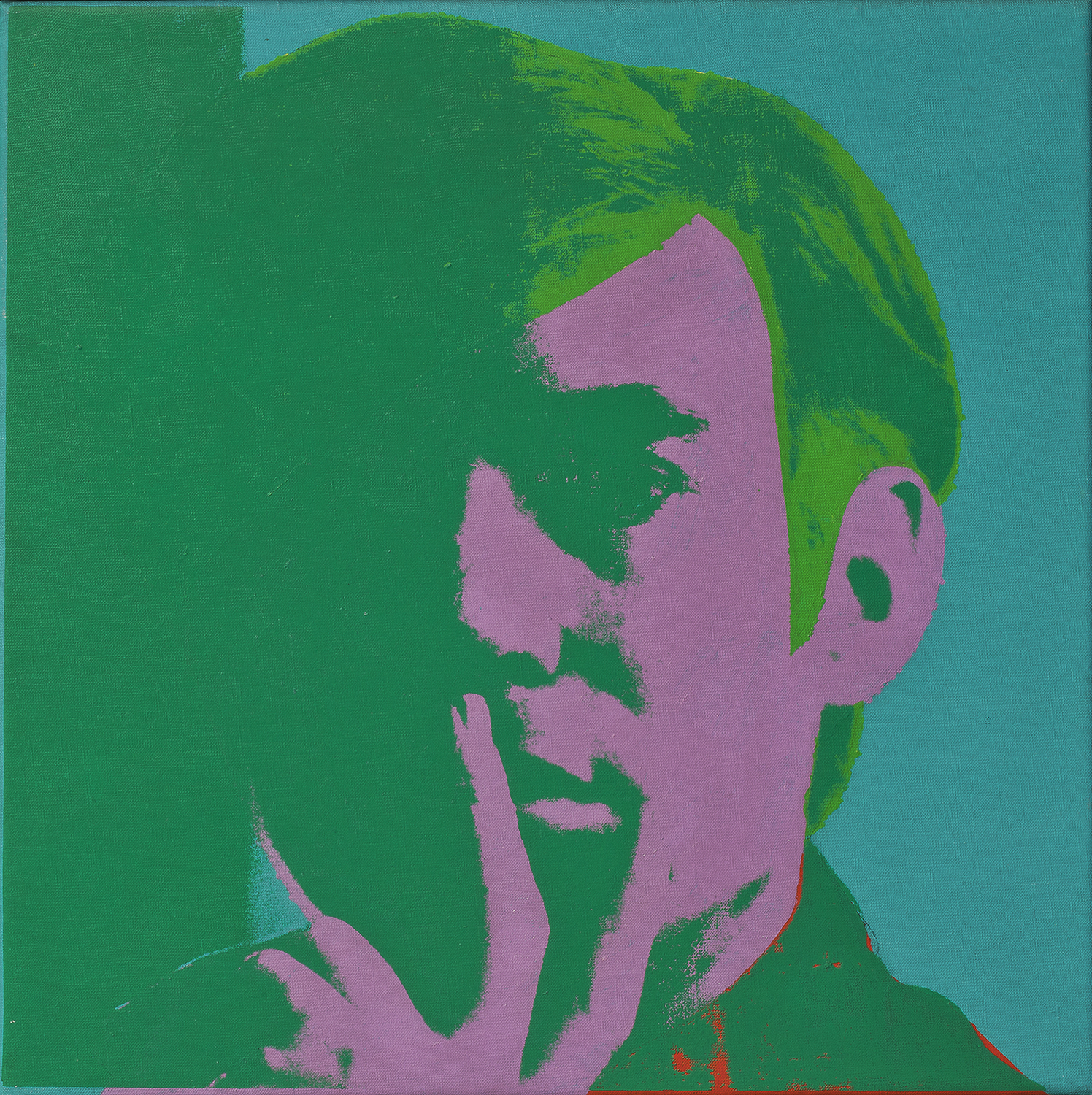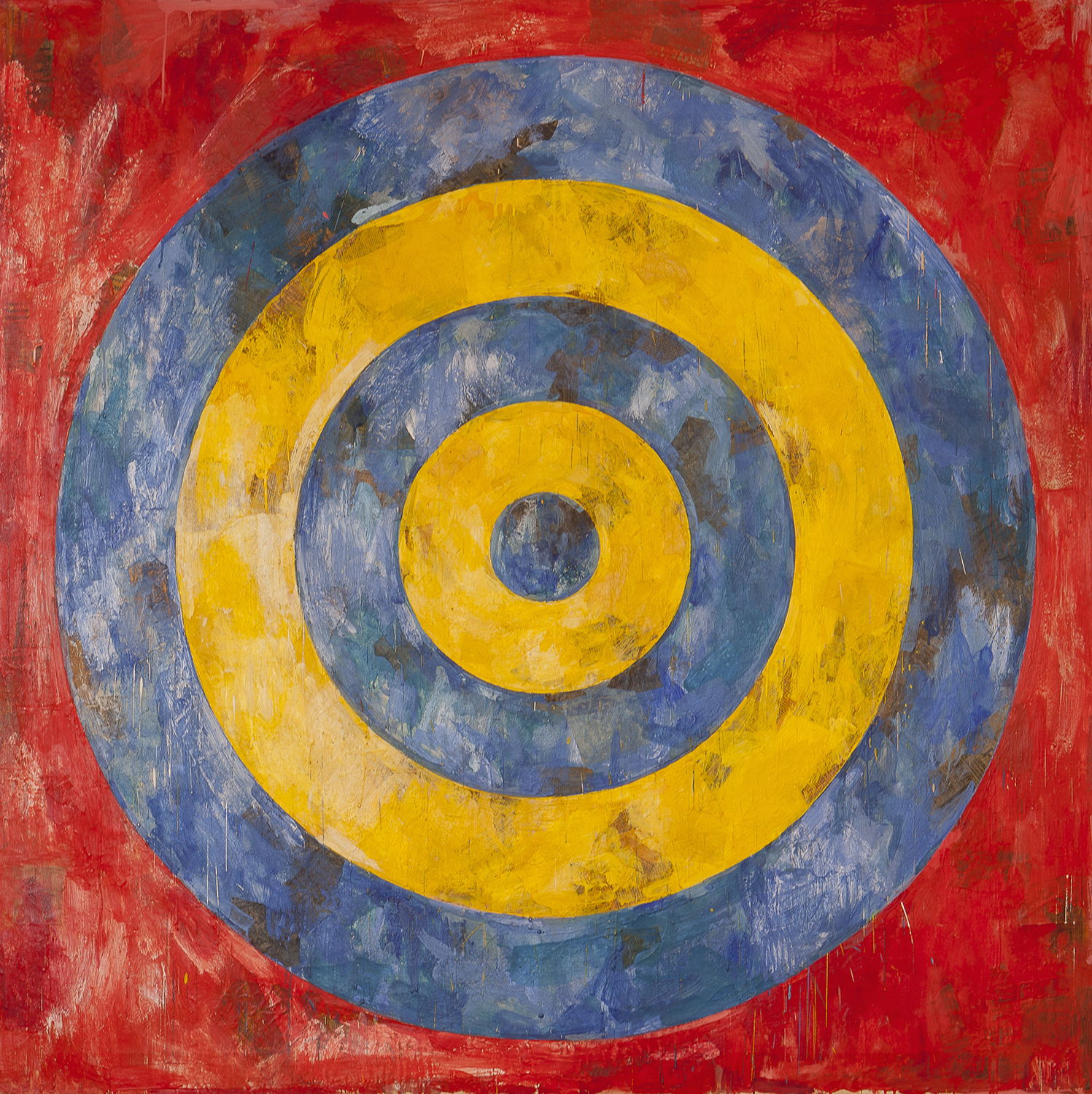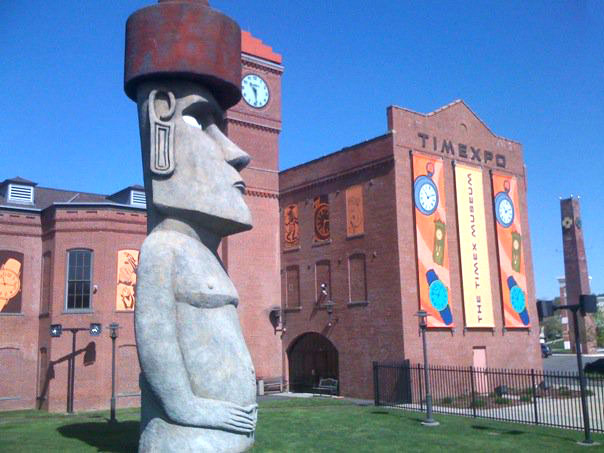
JERUSALEM (AP) – It began as a routine remodeling project: Muslim authorities replacing an old carpet worn thin by masses of worshippers at the Dome of the Rock, the iconic, gold-topped shrine that overlooks the Old City of Jerusalem.
But there is no such thing as routine remodeling when it comes to the most contested piece of real estate in Jerusalem, where the presence of a mere screwdriver can threaten to ignite religious tensions.
The carpet has sparked a verbal holy war over the hilltop compound, which is revered by Jews and Muslims whose competing claims often spill over into violence.
Israeli archaeological authorities say the repairs were carried out behind their backs, and an Israeli government minister urged an immediate halt to the work, claiming it might cause irreparable damage. Frustrated Israeli researchers say previously undocumented ancient floor designs were discovered when the old carpets were peeled off, but they didn’t get a chance to document the designs before workmen covered them up with the new carpet.
And some researchers claim the Bible’s deepest secrets may lie beneath some of the newly exposed floor designs.
“Something is there. I don’t know what. But something is hidden there,” said Israeli archaeologist Zachi Dvira, who studies the site.
Officials with the Waqf, the Muslim authority that administers the Al Aqsa Mosque compound, which includes the Dome of the Rock, reject the Israeli accusations.
Sheikh Azzam Tamimi, the head of the Waqf, said the work is long overdue and has defiantly proclaimed that he was forbidding any Israeli involvement.
“Our work in Al Aqsa is transparent,” he told The Associated Press. “We are only putting down carpet and felt. Nothing more, nothing less.”
The work quietly began more than a month ago, and Israel facilitated the renovation project, said Jamal Al Quda, a member of a group of Jordanian carpet layers who received Israeli visas for the job.
A packing list dated March 11 from an Egyptian carpet company to the Jordanian Embassy in Tel Aviv lists 80 bales of carpeting for the Marwani prayer area located at the compound, and the prayer area encircling the rock slab inside the dome.
Jordan’s King Abdullah II financed the project, according to Waqf. Israel captured Jerusalem’s Old City from Jordan in the 1967 Mideast war, but under a longstanding agreement, Jordan remains the custodian of the area’s Muslim holy sites.
On a recent afternoon in a small cave underneath the shrine’s rock, Al Quda dribbled Israeli all-purpose glue from a large tin onto an intricate stone tile decoration on the cave’s marble floor. He said it was necessary to affix the base layer of thin dark felt before rolling out the carpet above it.
Some Israeli archaeologists are alarmed about the glue used but Al Quda said the glue wouldn’t damage the floor.
“It comes off my hand,” he said, rubbing his fingers.
The cryptic geometric designs have sparked the imagination of some researchers about what secrets may lay beneath.
Ancient Jewish traditions say the gold-cased Ark of the Covenant, which contained the Ten Commandments, may have been hidden away in a chamber when the First Jewish Temple was destroyed some 2,500 years ago. It’s an Indiana Jones-type mystery that touches upon a holy grail for biblical enthusiasts.
While Jerusalem may be the most excavated city in the world, the Dome of the Rock and its hilltop plaza are an archaeological gold mine that has never been properly dug because of the political sensitivities surrounding the site, which is considered Judaism’s holiest spot and Islam’s third holiest.
The Dome of the Rock enshrines the large rock slab where Muslim tradition says the Prophet Muhammad ascended to heaven. Jews believe the rock may be where the holiest part of the two ancient Temples stood as early as about 3,000 years ago – and where religious Jews pray a third Temple will one day be built. The adjacent Western Wall, believed to be one of the last remnants of the Temple complex, is the holiest site where Jews can pray. Palestinian officials reject Jewish historical ties to the site.
The competing claims have spilled over into violence.
In 1999, the Muslim authorities who administer the site dug an enormous hole 40 feet deep as part of construction for an underground prayer area, dumping 10,000 tons of earth in a nearby valley and an east Jerusalem dump.
The director of the Israeli Antiquities Authority at the time called it an “archaeological crime.” For years, Dvira and veteran Israeli archaeologist Gabriel Barkay have been leading a team of archaeologists and volunteers in combing through the dirt for historical finds.
The initiative, called the Temple Mount Sifting Project, is conducted under the auspices of the Elad Foundation, a group that also purchases Arab homes in contested parts of East Jerusalem and helps move Jews in. Critics say this nationalist agenda should not mix with archaeology.
Israel’s state comptroller wrote a scathing report in 2010 about the Muslim authorities’ illicit work projects at the compound and Israel’s failure at enforcing supervision there. Israeli officials kept the report classified out of concern that its publication could harm the sensitive relationship with Jordan.
Tens of thousands of worshippers attend weekly Friday prayers, and the carpets have been replaced before – most recently 12 years ago, at a time of heightened violence when Israeli antiquities officials were granted limited access to the site.
Past renovation projects were done quietly behind the scenes. Leaked photos posted on social media sites – combined with the political influence of Israeli nationalists monitoring the site – drew extra attention and fueled the latest controversy.
Last week, Israel’s housing minister, Uri Ariel of the nationalist Jewish Home party, sent an alarmed letter to Israeli Prime Minister Benjamin Netanyahu about the carpeting project.
“There is no need to elaborate on how important this site is, where every modification, every excavation with heavy equipment can cause irreparable harm to the foundations of the Temple,” Ariel wrote.
Photos that were leaked to Facebook from the off-limits restoration site showed a number of geometric floor patterns never before documented by archaeologists, said Frankie Snyder, a researcher with the Temple Mount Sifting Project.
Some apparently date to when the Crusaders controlled the complex in the 12th century, she said.
“I’m worried about damage of the original floors,” said Barkay, the archaeologist. “The patterns were never properly documented.”
Israel Hasson, the director of the Israeli Antiquities Authority, said once the government body learned about the renovation, it made arrangements with the Waqf to send an archaeologist to document some of the floor patterns, but others already had been covered by the maroon and beige carpeting.
“We got to part of them. We didn’t get to it all. I won’t ask anyone to pull up the carpets to document it,” Hasson said. “We will wait for the next opportunity. We’re sure to be here over the next 2,000 years.”
___
Follow Daniel Estrin on Twitter at www.twitter.com/danielestrin.
Copyright 2015 Associated Press. All rights reserved. This material may not be published, broadcast, rewritten, or redistributed.
AP-WF-04-21-15 1130GMT



